
Oct 11 2024.
views 357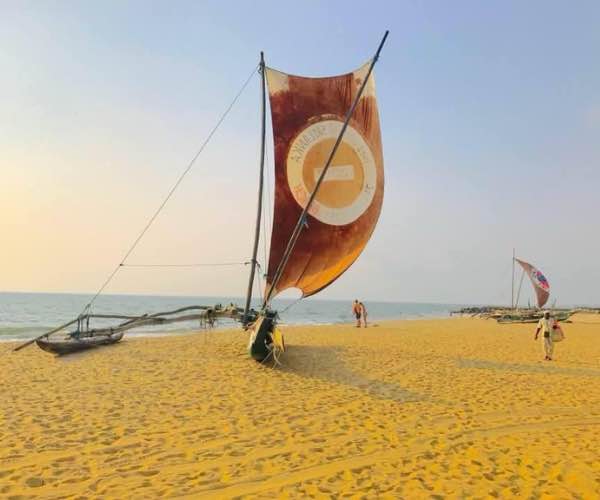
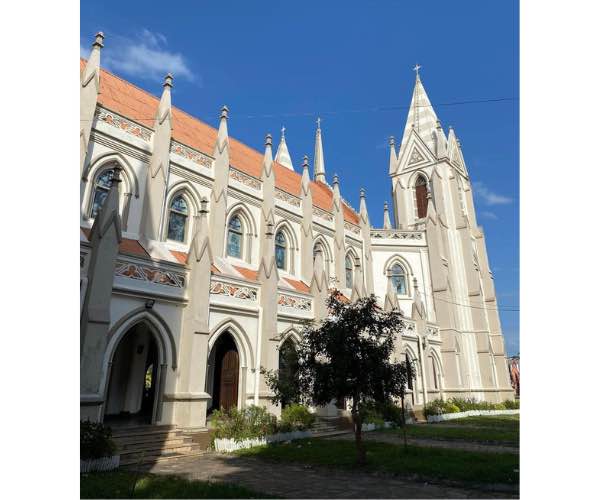
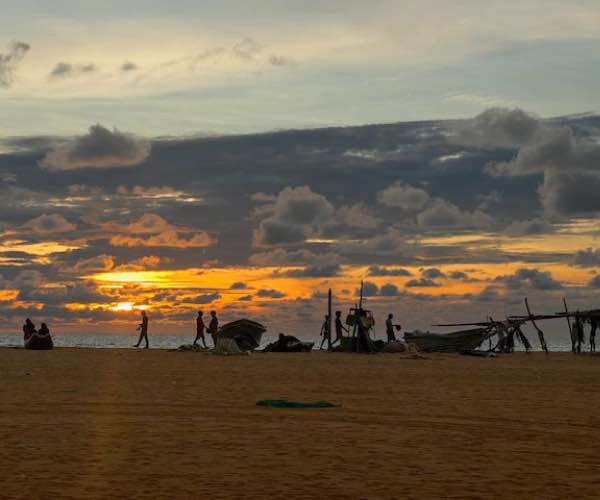
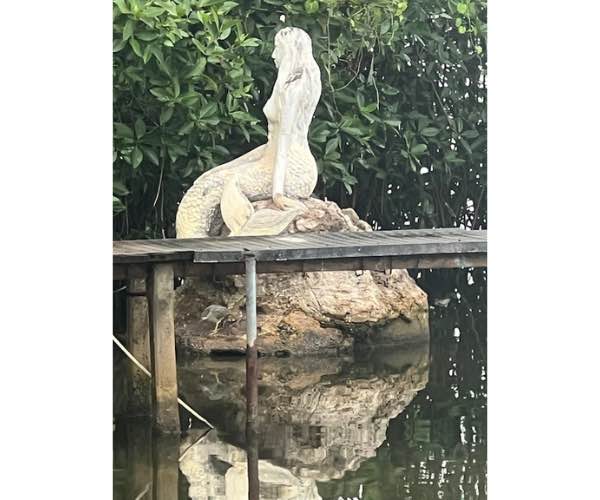
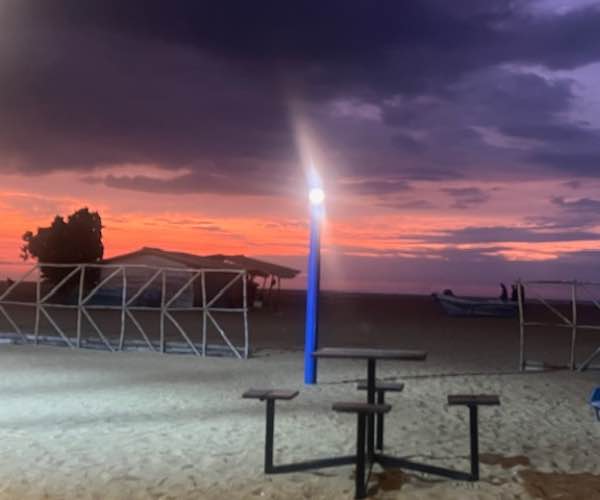
Negombo in Sinhalese is "Meegamuwa" which means, "mass of bees". Well, I certainly got stung; I built a house close to the city. Negombo is a town of fishing, i.e. boats galore, harbours, stalls, markets, fishermen and more. There are however also over 1329 registered hotels in this town of boats. All this as Negombo faces the sea, the entrance to a large lagoon, a historic canal and a massive marshland.
I took a lovely trip out on one of the sea-going fishing boats from Negombo under sail. When they wish to return they don’t turn about like traditional boats. One man grabs the rudder from one end of the boat, runs down the boat carrying it and clips it on the bow of the boat which becomes the stern. There is no difference between the back and the front of this boat. Then they spin the sail around the mast and go back to land. It’s probably been done for centuries.
The town in the seventh and eighth centuries was visited by Arab traders who settled in the area. In the fifteen hundreds, the Portuguese took over the coastal areas, then the Dutch built a fort and church and an extensive 120km of canals. You can still go and visit all of the above. By 1795 the British had peacefully taken over the coastal areas.
Today the most noticeable aspect of Negombo is it is an all-year-round tourism location with waterfront hotels, from cheap and cheerful to top-end. Add to these the bars, shops and cafés, many on the active high street.
In 1965 the "Blue Lagoon" was Sri Lanka’s first modern resort complex it was designed by Geoffrey Bawa, with individual chalets. The owner G. B. Milhuisen was a pioneer in the industry and became an advisor and influencer to Herbert Cooray, the visionary behind the Jetwing Group. The group is now one of the largest hotel chains on the island of Sri Lanka. It is by far the leading hotelier in Negombo.
During the last three periods of foreign occupation, there were major conversions to Christianity. Negombo today has over fifty churches, many with imposing frontages. After the Easter bombings, I made a visit to Saint Sebastian’s Church and gave my respects to all those people who lost their lives and to many others impacted by this barbaric act.
In the late sixties, tourism to Sri Lanka from Europe became popular, and the airport was built eight kilometres from Negombo.
Many of the tourists were from Italy, and local Sri Lankans went to work for them in Italy. When the locals returned, they built their houses in such a way to remind them of their time in Italy, hence areas in Negombo became known as "little Rome".
Today, the City of Negombo has one of the largest populations on the island, and is still known for its miles of sandy beaches, and its proximity to the International Airport. A vibrant city only 38 kilometres from the capital Colombo, the highway makes it a quick journey.
What I find fascinating is how many residents of Sri Lanka don't know the diversity of Colombo.
1 Comments
Dolores de Battista says:
Oct 17, 2024 at 10:04 pmVery quirky and interesting account of Negombo! The whinging Pom is very KOOL